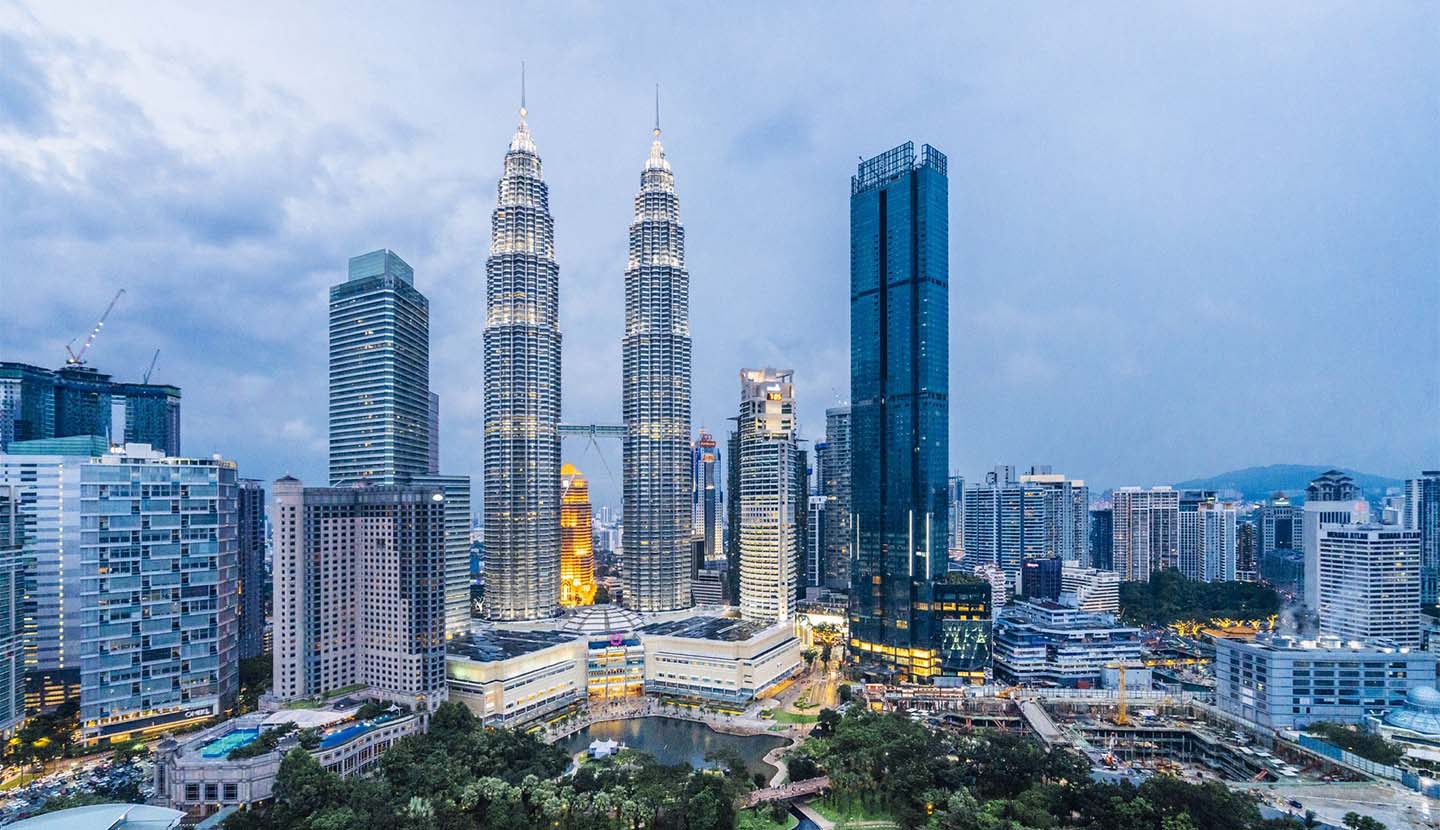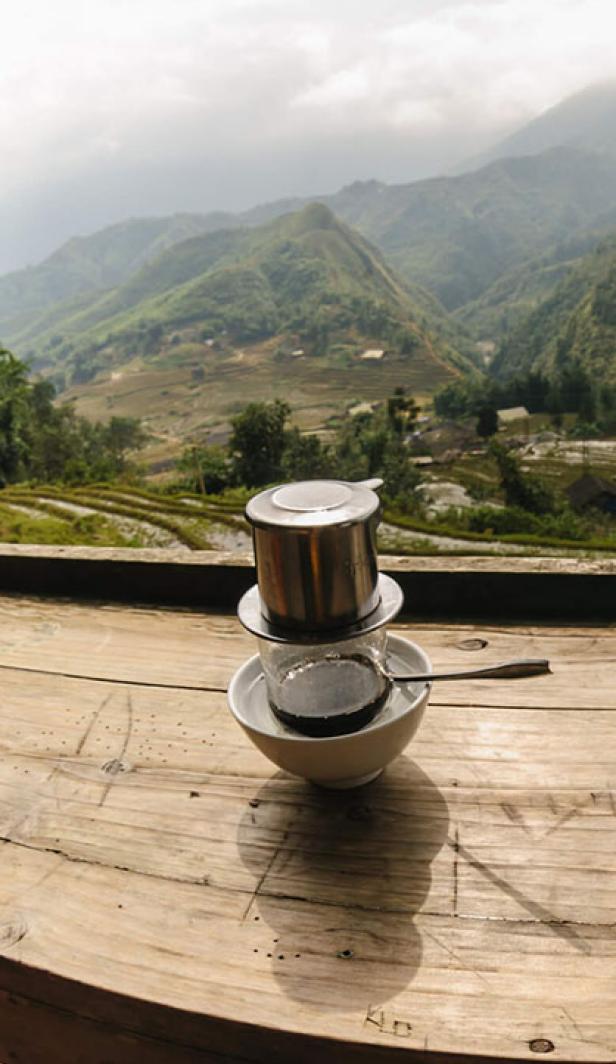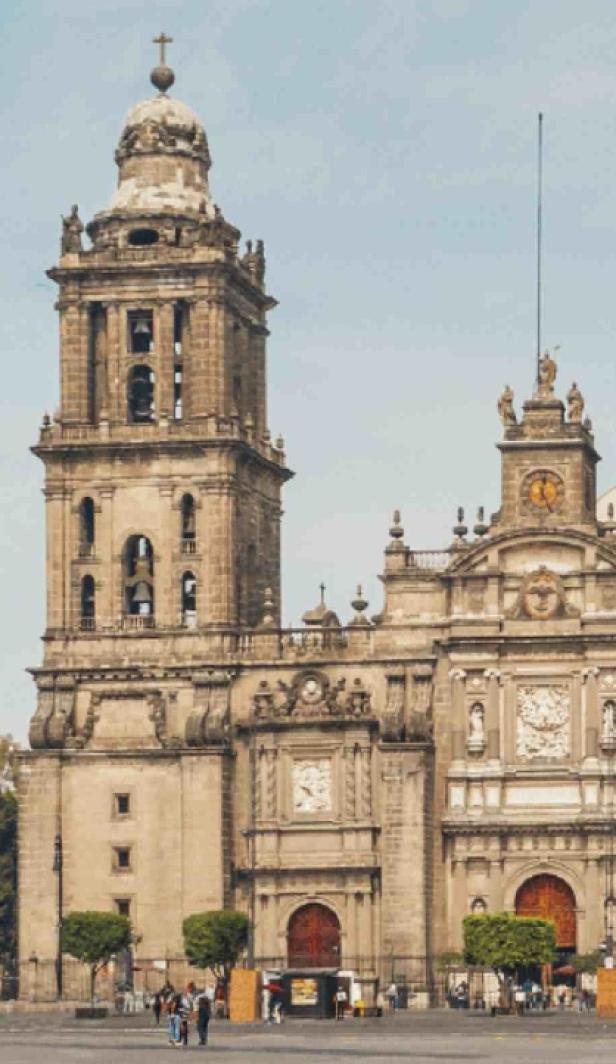Coffee wasn’t introduced to Malaysia until the period of British Colonisation which is when it’s said that an English military officer brought it to the country, but coffee wasn’t a hit straight away. Due to the considerable influence of the British, tea was the main beverage, right up until around 1998 when Chinese immigrants moved to Malaysia. With them, they brought the tradition of dipping Chinese doughnuts or biscuits into black coffee as a quick and easy breakfast, a custom that was embraced by Malaysians across the country.
With the rise of more shops and branded outlets coming to the capital in the early 2000s, traditional Malaysian coffee shops began expansion to attract new customers. Before long, coffee was a key part of the culture and coffee shops were seen as a place for meeting friends, carrying out business meetings and everything in between.
Malaysian coffee culture
In Malaysia, ‘Kopi’ is served at the local coffee shop, called the ‘Kopitiam’, which is seen by the locals as a place for breakfast and catching up with friends. On the menu you’ll find strong and sweet Malaysian coffees and a variety of breakfast foods, the most common being half a boiled egg, nasi lemak (a coconut rice dish) and kaya toast (coconut jam on toast), thick with butter. In traditional Kopitiam, you’ll be served by a staff member wearing blue and white striped pyjama bottoms and a white singlet.
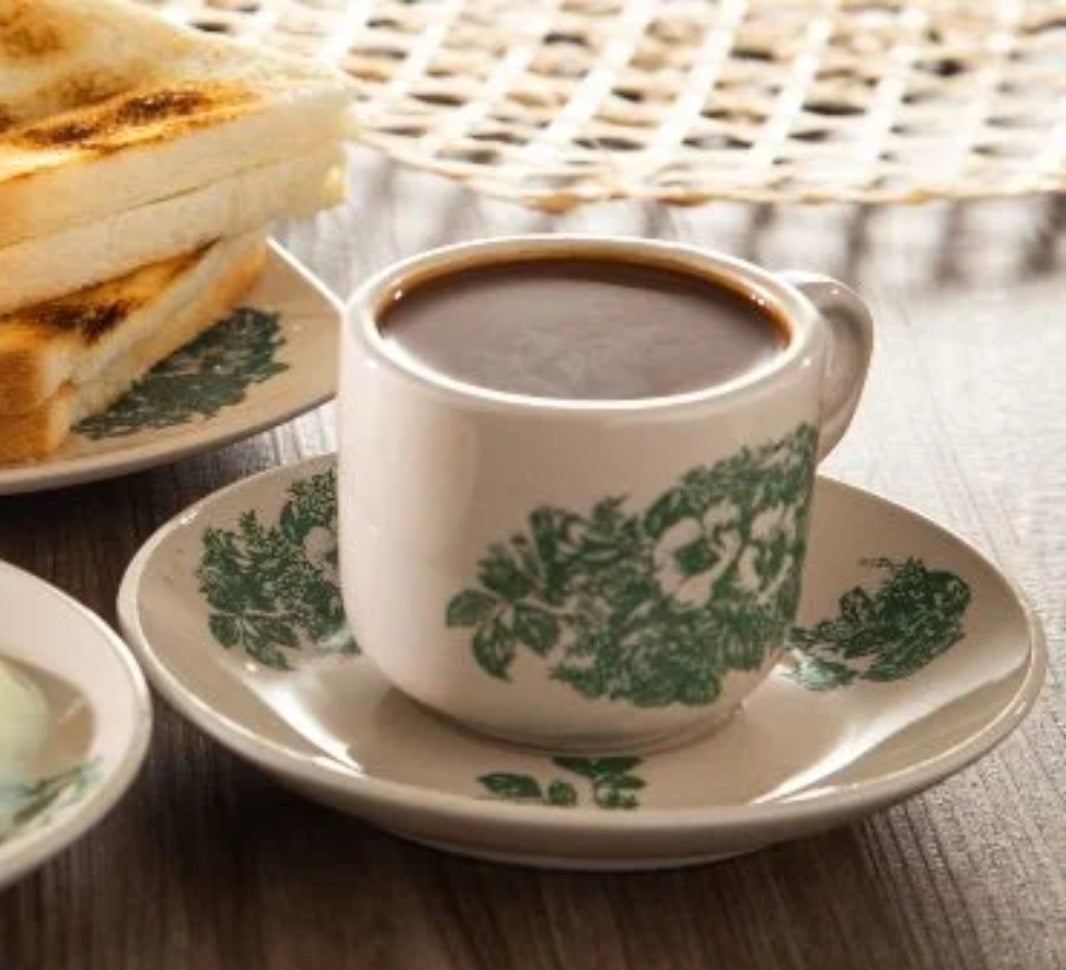
Malaysian coffee flavour
One of the things you’ll notice from your very first sip of kopi coffee is that it tastes like nothing you’ve ever had before. This rich and complex flavour is down to a very unique roasting method that was inspired by Chinese methods where the coffee is roasted twice (Malaysia are one of the only countries to do this) which allows for very nutty flavours and low acidity.
As they tend to use a combination of Robusta and Liberica coffee beans which are renowned for being quite bitter, once roasted, the beans are usually mixed with melted sugar and margarine and are then caramelised with sugar. After the beans have cooled enough, they’re ground into coffee powder. All Malaysian coffee is roasted locally in small batches.
Coffee growing in Malaysia
Where Malaysia is far from being a coffee growing capital like Brazil, they still grow and produce coffee in the country. Malaysia grows a small amount of Arabica and Robusta beans, but 95% of what they produce are Liberica varietals, these plants grow beans with a very full-bodied, smoky and almost woody taste. Currently, only around 2% of the world’s coffee is this type.
Coffee growing isn’t the main focus in Malaysia as their most valuable crops are palm oil, rubber, sugar and tea.
Malaysian coffee types
Malaysian coffee beans have some of the strongest and most aromatic flavours which are in part due to the roasting process and also because the beans they primarily use are Liberica varietals. Interestingly, the Malaysian coffee types you’ll see in Kopitiam’s across the country aren’t really types at all, rather they’re just variants of kopi coffee. Here’s what all the different types mean:
What is it?
Traditional kopi coffee
Traditional kopi coffee is made by pouring boiling water through coffee grounds in a cloth filter (many think it looks like a sock). As the flavour is said to be quite rich, bitter and fragrant, it’s typically served hot with condensed milk and lots of sugar to counteract the harshness, but it can also be served cold or without milk.
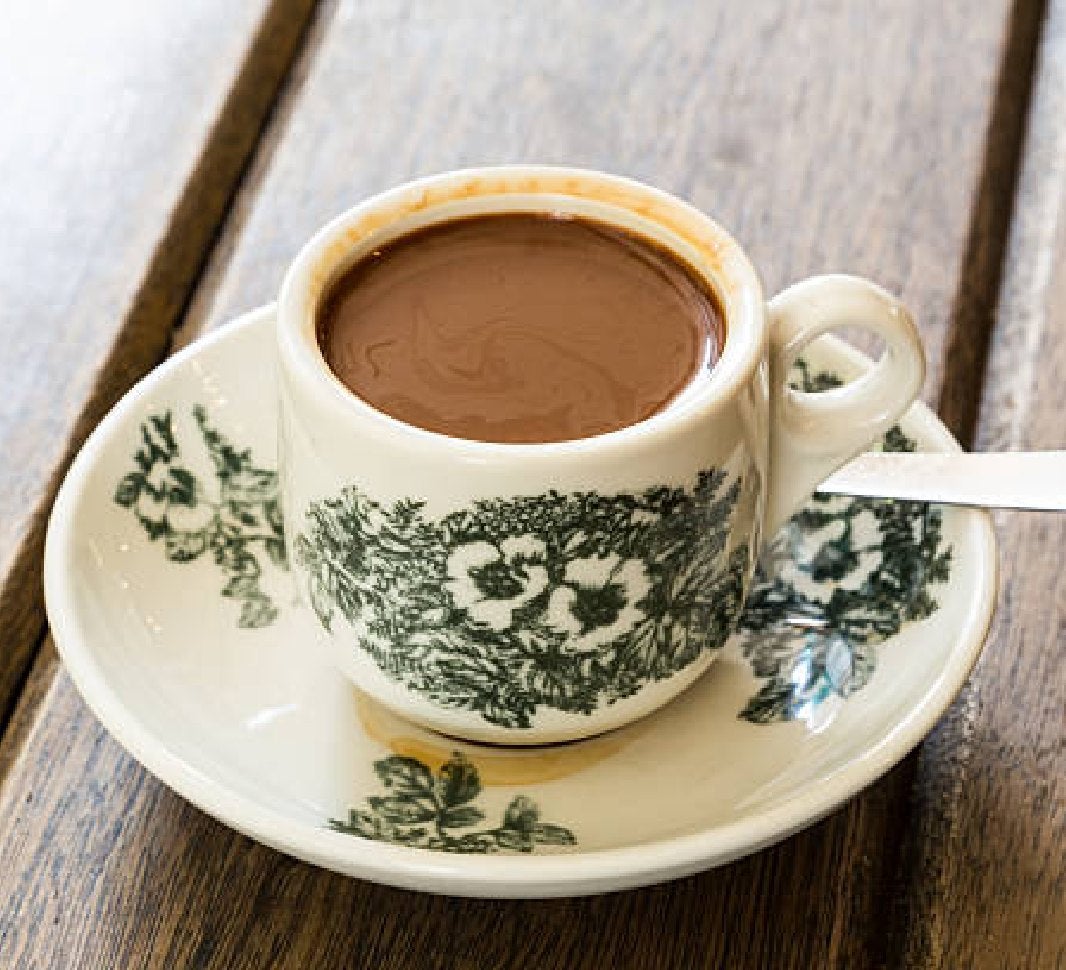
Kopi cham
If you can’t choose between tea or coffee, why not have both? Kopi cham is a Malaysian blend of coffee, tea, lots of sugar and condensed milk.
Kopi-C
Kopi-C is similar to traditional Kopi coffee, but it’s served with evaporated milk instead of condensed.
Kopi-O
This Malaysian coffee beverage is a hot black coffee with lots of sugar. The roasting process of mixing the beans with margarine and sugar helps to mask the taste slightly, but it’s still very bitter!
Kopi-yin-yong-lai
This drink is kopi coffee and a mix of both condensed milk and evaporated milk.
Kopi-gao
Kopi-gao is thick coffee served with plenty of condensed milk.
Kopi-c-kosong
This is simply coffee with evaporated milk.
Kopi min-tim
If you’d prefer your coffee without added sugar, order it Kopi min-tim, which means less sweet.
Kopi-o-kosong
Wanting to try coffee as strong as it gets? Ask for Kopi-O-Kosong, a completely black coffee with no added sugar or milk.
Kopi-peng
On warmer days when you really want a refreshing drink, go for a Kopi-peng. This is a coffee with condensed milk and ice cubes.
Ipoh: Malaysian white coffee
Malaysian Ipoh coffee was founded in the 19th century in the Old Town area of Ipoh. This was during the rule of the British, and Perak, Malaysia was a tin-mining state. Most of the tin-mining corporations that had set up base in Ipoh had brought Western staff with them to do much of the mining, but it also brought along bitter, acidic and punchy Western coffee too.
This western coffee needed a little tweaking to adhere to the Malaysian palate. This is how Malaysian Ipoh coffee started. Ipoh is a traditional Malaysian Kopi, sweetened with an added spoonful of condensed milk.
Malaysian white coffee vs Black coffee: What is the difference?
There are a few differences when it comes to Malaysian white coffee and traditional ‘black’ coffee. Malaysian black coffee is produced by roasting beans with sugar, margarine and wheat, resulting in a dark roast. Whereas white coffee is roasted without any sugar, which results in a much lighter roast. Malaysian white coffee can also be purchased as an instant coffee.
A note on Malaysian white coffee
Confusingly, if you spot Malaysian white coffee on the menu, this doesn’t mean that it’s with milk. White coffee is actually a Malaysian roast type where the beans are roasted without added ingredients. It gets its name when compared to kopi coffee beans which are very shiny and black, white coffee beans are light and pale.
That’s our guide to Malaysian coffee! Want to continue your trip around the coffee hotspots of the world? Read our guide on Jamaican coffee, next.
Today’s community favourites


